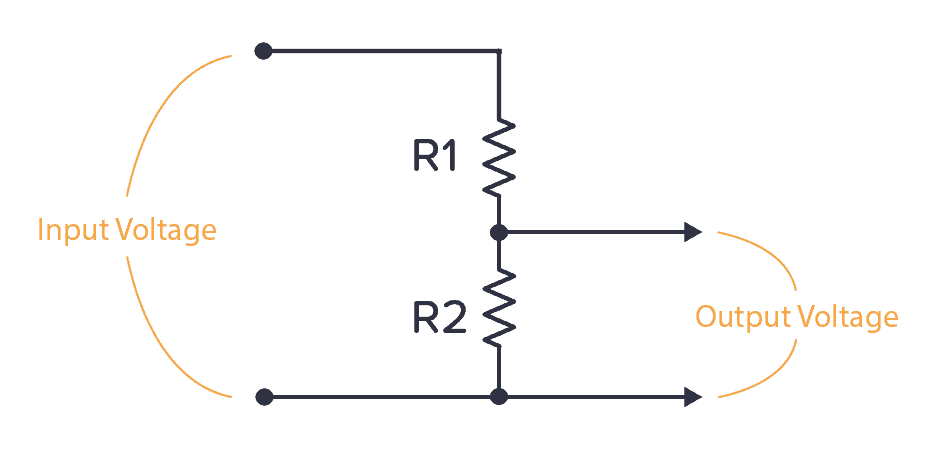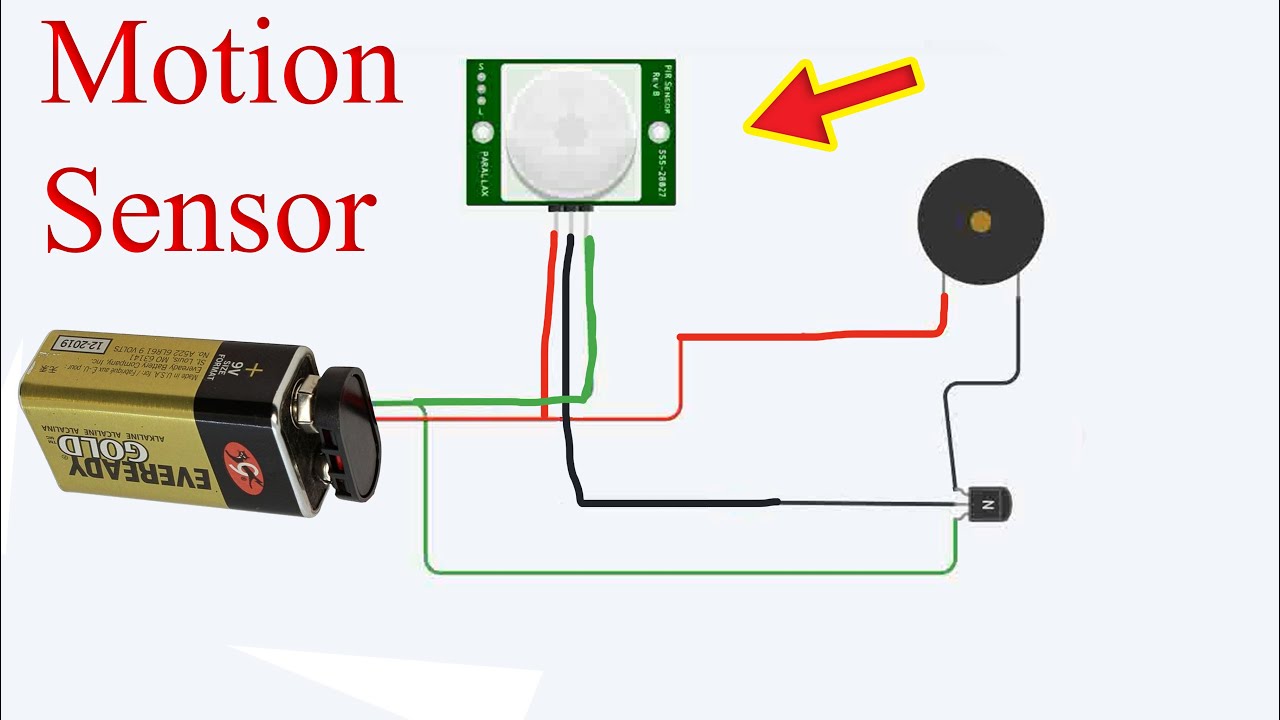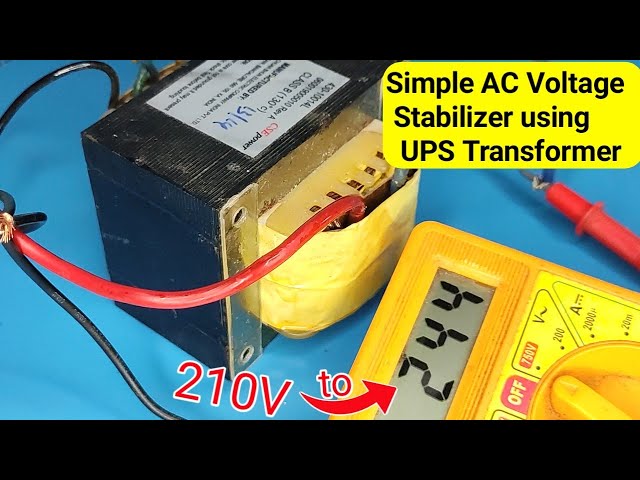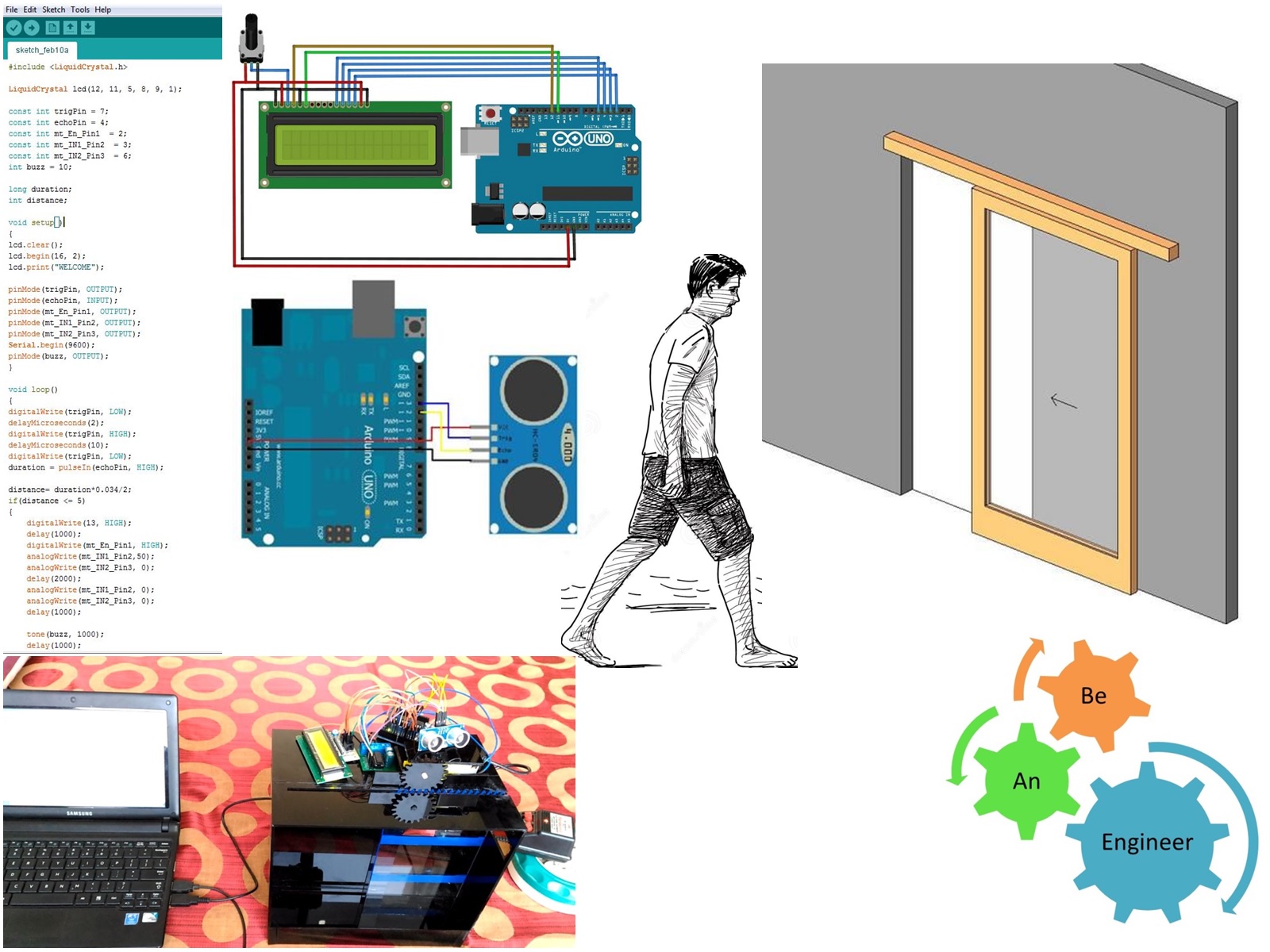How to design a voltage divider circuit
Designing a voltage divider circuit is a fundamental skill every electronic enthusiast should know. A voltage divider is a simple circuit that is used to create a specific output voltage from a given input voltage. In this article, we will discuss the basics of voltage dividers, their applications, and how to design one from scratch.
What is a voltage divider?
A voltage divider is a circuit that divides an input voltage into a fraction of the original value. It consists of two resistors connected in series, with the output voltage taken from the junction between the two resistors. The output voltage is calculated using the voltage divider formula:
Vout = Vin * (R2 / (R1 + R2))
where Vout is the output voltage, Vin is the input voltage, R1 is the resistance of the first resistor, and R2 is the resistance of the second resistor.
Why use a voltage divider?
Voltage dividers are commonly used in electronic circuits for various purposes, such as:
- Setting reference voltages
- Scaling down voltage levels
- Adjusting bias points in transistor circuits
Designing a voltage divider circuit
When designing a voltage divider circuit, there are a few key considerations to keep in mind:
- Output voltage: Determine the desired output voltage based on the input voltage and application requirements.
- Resistor values: Select appropriate resistor values to achieve the desired output voltage. The ratio of R1 to R2 determines the output voltage.
- Power dissipation: Ensure that the resistors can handle the power dissipated in the circuit to avoid overheating.
Once you have determined the output voltage and resistor values, you can start designing the circuit. Here is a step-by-step guide to designing a voltage divider:
- Calculate resistor values: Use the voltage divider formula to calculate the resistor values needed to achieve the desired output voltage.
- Select resistor values: Choose standard resistor values that are close to the calculated values.
- Assemble the circuit: Connect the resistors in series and take the output voltage from the junction between the two resistors.
- Test the circuit: Power up the circuit and measure the output voltage to ensure it matches the desired value.
By following these steps, you can design a voltage divider circuit that meets your specific requirements. Whether you are a beginner or an experienced electronics enthusiast, mastering the art of voltage divider design is essential for creating successful electronic projects.
Overall, designing a voltage divider circuit is a rewarding experience that allows you to customize voltage levels in your electronic circuits. With the right tools and knowledge, you can create efficient and reliable voltage dividers for a wide range of applications.
How to design a voltage divider circuit
Designing a voltage divider circuit is a fundamental skill every electronic enthusiast should know. A voltage divider is a simple circuit that is used to create a specific output voltage from a given input voltage. In this article, we will discuss the basics of voltage dividers, their applications, and how to design one from scratch.
What is a voltage divider?
A voltage divider is a circuit that divides an input voltage into a fraction of the original value. It consists of two resistors connected in series, with the output voltage taken from the junction between the two resistors. The output voltage is calculated using the voltage divider formula:
Vout = Vin * (R2 / (R1 + R2))
where Vout is the output voltage, Vin is the input voltage, R1 is the resistance of the first resistor, and R2 is the resistance of the second resistor.
Why use a voltage divider?
Voltage dividers are commonly used in electronic circuits for various purposes, such as:
- Setting reference voltages
- Scaling down voltage levels
- Adjusting bias points in transistor circuits
Designing a voltage divider circuit
When designing a voltage divider circuit, there are a few key considerations to keep in mind:
- Output voltage: Determine the desired output voltage based on the input voltage and application requirements.
- Resistor values: Select appropriate resistor values to achieve the desired output voltage. The ratio of R1 to R2 determines the output voltage.
- Power dissipation: Ensure that the resistors can handle the power dissipated in the circuit to avoid overheating.
Once you have determined the output voltage and resistor values, you can start designing the circuit. Here is a step-by-step guide to designing a voltage divider:
- Calculate resistor values: Use the voltage divider formula to calculate the resistor values needed to achieve the desired output voltage.
- Select resistor values: Choose standard resistor values that are close to the calculated values.
- Assemble the circuit: Connect the resistors in series and take the output voltage from the junction between the two resistors.
- Test the circuit: Power up the circuit and measure the output voltage to ensure it matches the desired value.
By following these steps, you can design a voltage divider circuit that meets your specific requirements. Whether you are a beginner or an experienced electronics enthusiast, mastering the art of voltage divider design is essential for creating successful electronic projects.
Overall, designing a voltage divider circuit is a rewarding experience that allows you to customize voltage levels in your electronic circuits. With the right tools and knowledge, you can create efficient and reliable voltage dividers for a wide range of applications.



